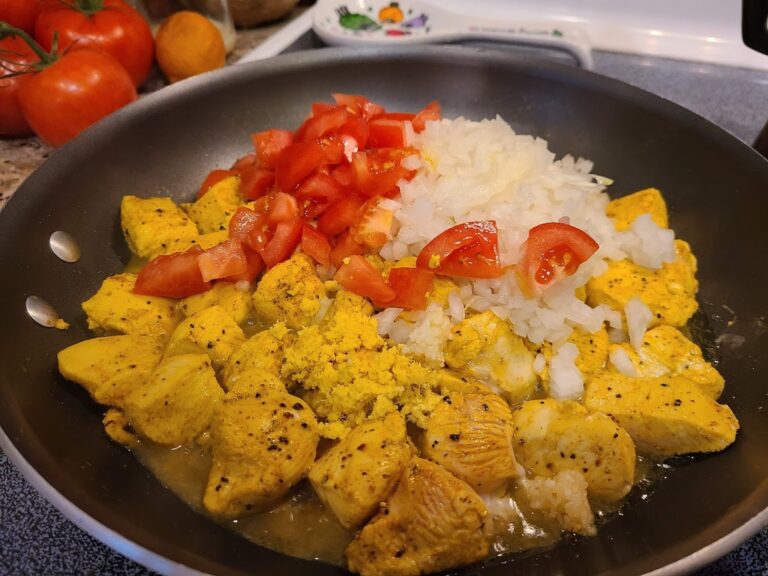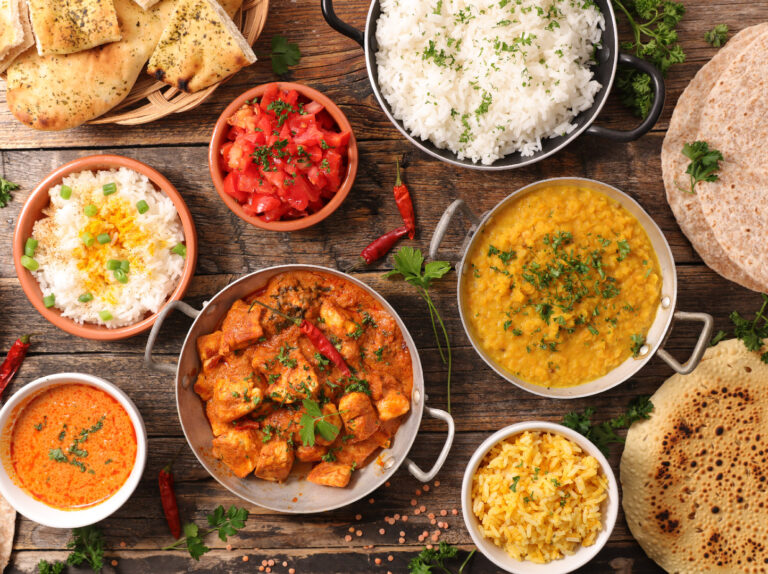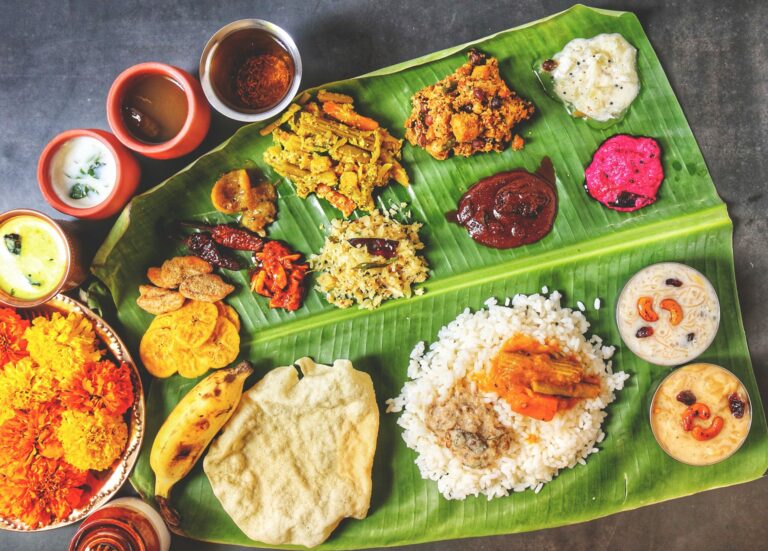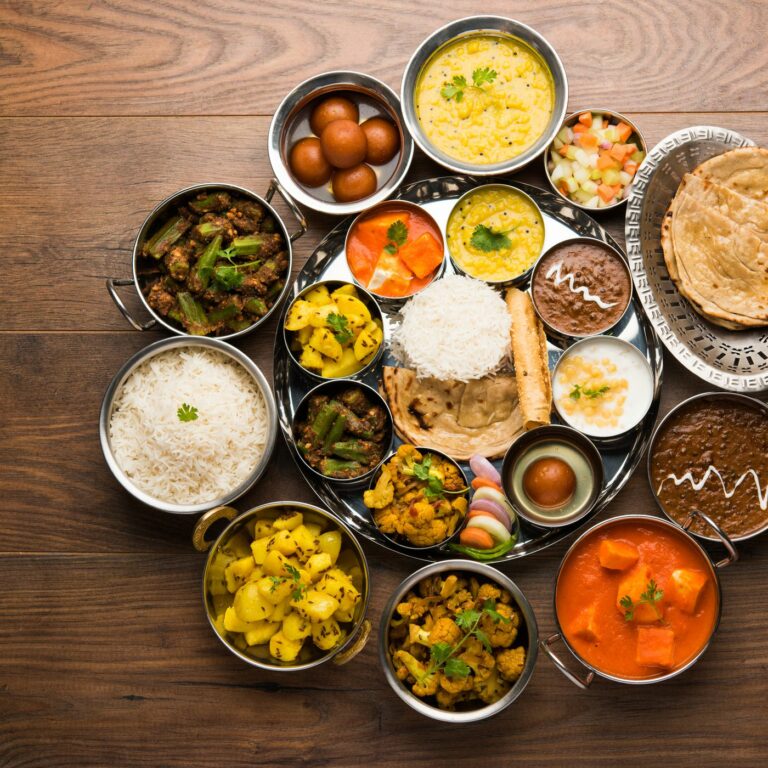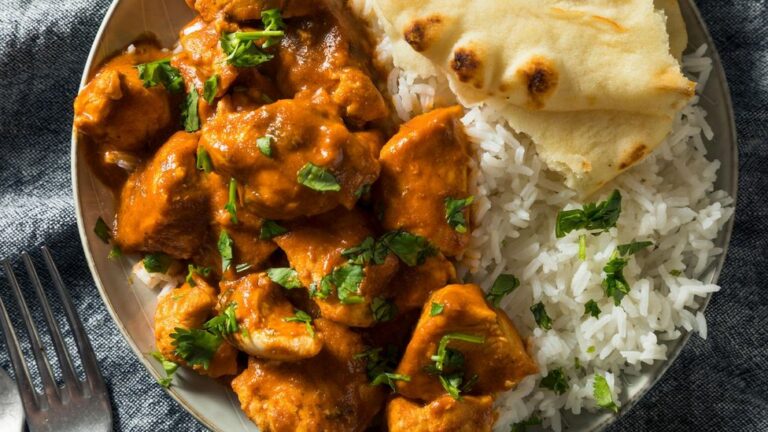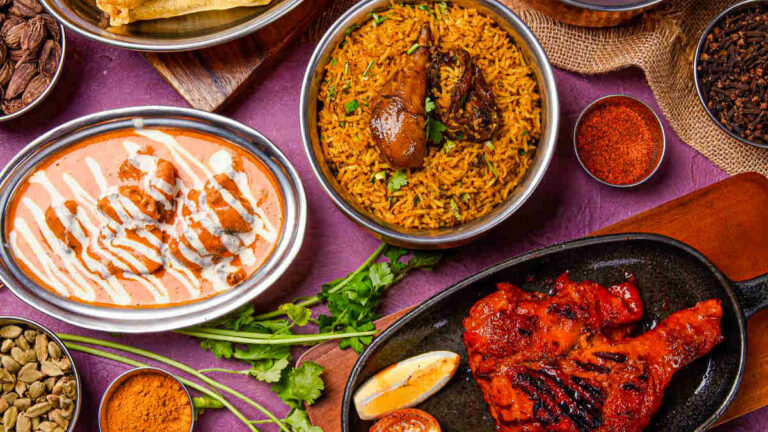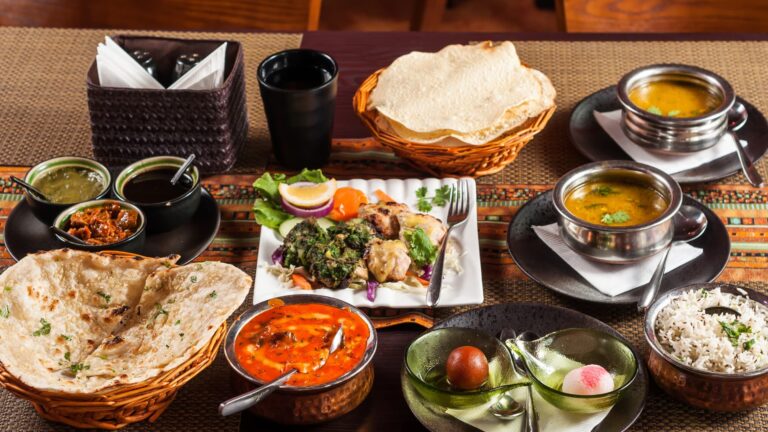Introduction: the Comorian cuisine
Comoros is a small island nation situated in the Indian Ocean, off the east coast of Africa. The Comorian cuisine is a fusion of African, Arabic, Indian, and French culinary traditions that developed over many centuries. The food in Comoros is known for its spiciness, rich flavors, and unique combination of ingredients. The cuisine is heavily influenced by the country’s history and cultural diversity, and two of the most significant influences on Comorian dishes are Arabic and Indian cuisines.
The historical background
Comoros has a long and complex history that has shaped its cuisine. The island was colonized by the Arabs in the 7th century, which introduced Islam and Arabic culture to the region. The Arabs also brought with them their foods and spices, which quickly became integrated into local cuisine. Later, in the 17th century, the French colonized Comoros, and this added a new dimension to the culinary mix. Finally, in the 19th century, the Indian Ocean slave trade brought Indians to the island, where they also added their own culinary traditions.
The influence of Arabic cuisine
The Arabs brought many new foods and techniques to Comoros, including lamb, dates, almonds, and spices such as cumin, coriander, and cinnamon. These ingredients quickly became staples of Comorian cuisine, and their influence is still felt today. One of the most notable Arabic dishes in Comoros is “pilao,” a rice dish made with lamb, spices, and dried fruits. Another popular Comorian dish with Arabic influence is “mataba,” a cassava leaf-based dish cooked with meat and spices.
Spices and flavors from India
The Indians brought with them a range of new spices and flavors, such as turmeric, ginger, cardamom, and chili peppers. These ingredients quickly became integrated into Comorian cuisine and are now used in many dishes. One of the most famous Comorian dishes with Indian influence is “curry,” which is made with coconut milk, spices, and seafood or chicken. Another popular dish is “samoussa,” which is a type of fried pastry filled with vegetables, meat, or seafood.
The fusion of flavors
Comorian cuisine has developed into a unique fusion of flavors that combines the best of Arabic, Indian, and African culinary traditions. The use of spices and herbs is prevalent in all Comorian dishes, creating a rich tapestry of flavors that is unlike any other cuisine in the world. The fusion of flavors is most evident in the use of coconut milk, which is a staple in many Comorian dishes, and the combination of meat and seafood in many dishes.
Examples of Comorian dishes with Arabic influence
As mentioned earlier, “pilao” and “mataba” are two of the most popular Comorian dishes with Arabic influence. Another famous dish is “biryani,” which is a rice-based dish made with meat or seafood and a blend of spices. “Sambouza” is another popular dish, which is a fried pastry filled with meat, vegetables, or seafood.
Examples of Comorian dishes with Indian influence
“Curry” and “samoussa” are the most famous Comorian dishes with Indian influence. Another popular dish is “dhal,” which is a lentil-based dish cooked with spices and served with rice. “Chakchouka” is another dish that is popular in Comoros, which is a vegetarian dish made with tomatoes, onions, and spices.
The legacy of Arabic and Indian cuisines in Comoros
The legacy of Arabic and Indian cuisines in Comoros is evident in the country’s diverse culinary traditions. The fusion of flavors has created a unique cuisine that is both spicy and flavorful, and has become a source of pride for the Comoran people. The use of spices and herbs is a testament to the influence of Arabic and Indian cuisine, and the fusion of flavors has created a cuisine that is truly one-of-a-kind.

